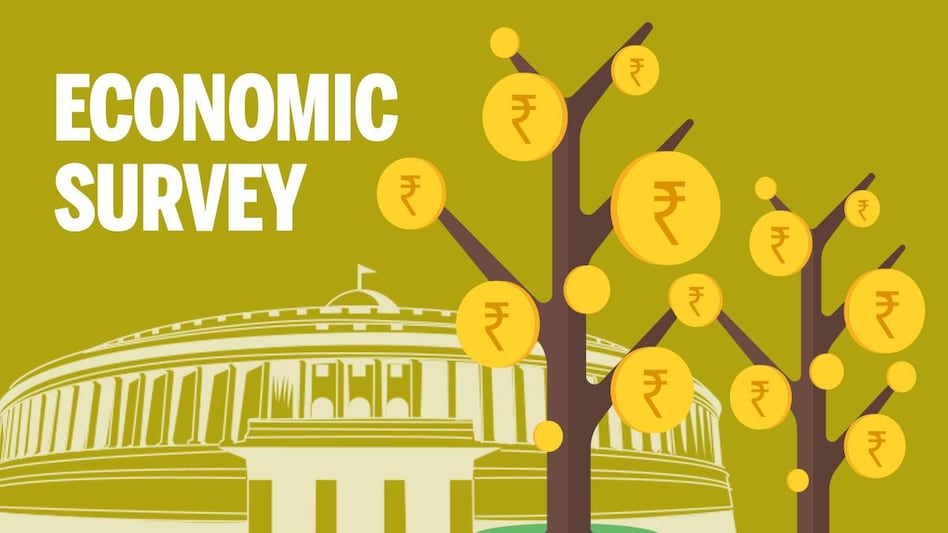Here is how you can handle payment of advance tax if you have received IT department intimation.
The financial year 2023-24 is coming to an end and the date for the final installment of advance tax is also fast approaching. In this situation, the Income Tax Department has started sending out emails and SMS to taxpayers who have not paid the required advance tax, based on the income visible in their records.
This can cause quite a bit of concern for taxpayers, especially since it relates to payment of tax, but this need not be a concern if tackled properly. Here is how they can ensure that the entire situation is handled.
Understand The Notice
The Income Tax Department has access to various details that show transactions undertaken by individuals and entities. These pertain to different forms of income that might have been earned by the taxpayer. Based on these details, the tax department calculates the income that is earned by the taxpayer and then they consider the tax deducted at Source and the advance tax that has already been paid.
If the tax paid is lower than what should have been paid, the intimation will be issued to the taxpayer through email and SMS about the shortage of the tax. This part of the entire process has to be understood because the taxpayer should know the source of the calculations and the intimation before they take action.
Incomplete Information
Just because there is an intimation from the Income Tax Department it does not mean that everything is correct here, or that all the information has been covered. There is a lot of information that is generated by a tax payer from their transactions, including sale of investments and other assets. While traditional details, like fixed deposit interest or dividends and even salaries and professional fee payments, are captured well by the tax department, there are times when other details resulting in some income or loss that is incurred is not present in the tax department records. In such a situation the taxpayer cannot rely on just what the tax department is working on and they would need to include the additional details, too, to ensure that they end up with the correct working.
Own Calculation
Once both the existing as well as any missing details have been collected, it is time to make a calculation for the actual situation on the tax front. The taxpayer will have to include all the income plus any more income expected in the last few weeks of the financial year. As against this, they would have to see the TDS or tax collected at source and even some advance tax that they would have paid in earlier instalments. This will set the stage for the actual situation to emerge and if there is still a shortfall that is present, then the remaining amount of advance tax would have to be paid. If there is still excess tax that has been paid, then no further action is required and the taxpayer can then file for a refund a few months later when the tax return is filed.
Different From Other Notices
The taxpayer has to understand that these kinds of intimation about tax to be paid are different from other kinds of notices that are issued when the assessment of tax is done. The difference is important because in the assessment all the details have already been given by the taxpayer to the department and the final decision is then taken by the tax department. In this case, there is still time to complete any shortfall that might be present. The taxpayer can pay the advance tax till its due date. Even if some amount remains unpaid after this, they can pay the amount along with the necessary calculation of interest at the time of filing their return as self assessment tax. So, in this case there is a cost involved in the form of interest that will pile up, but there is still a chance for them to complete the requirements.














